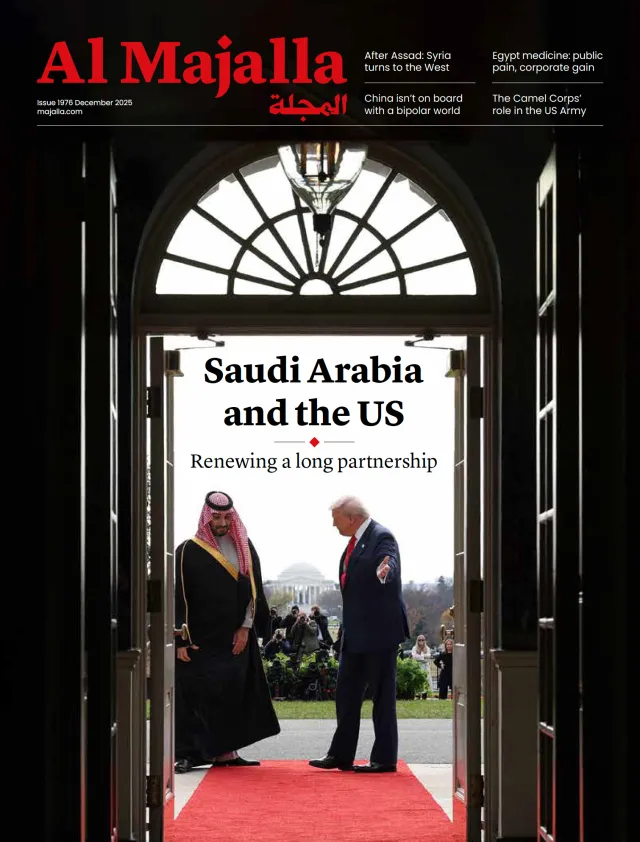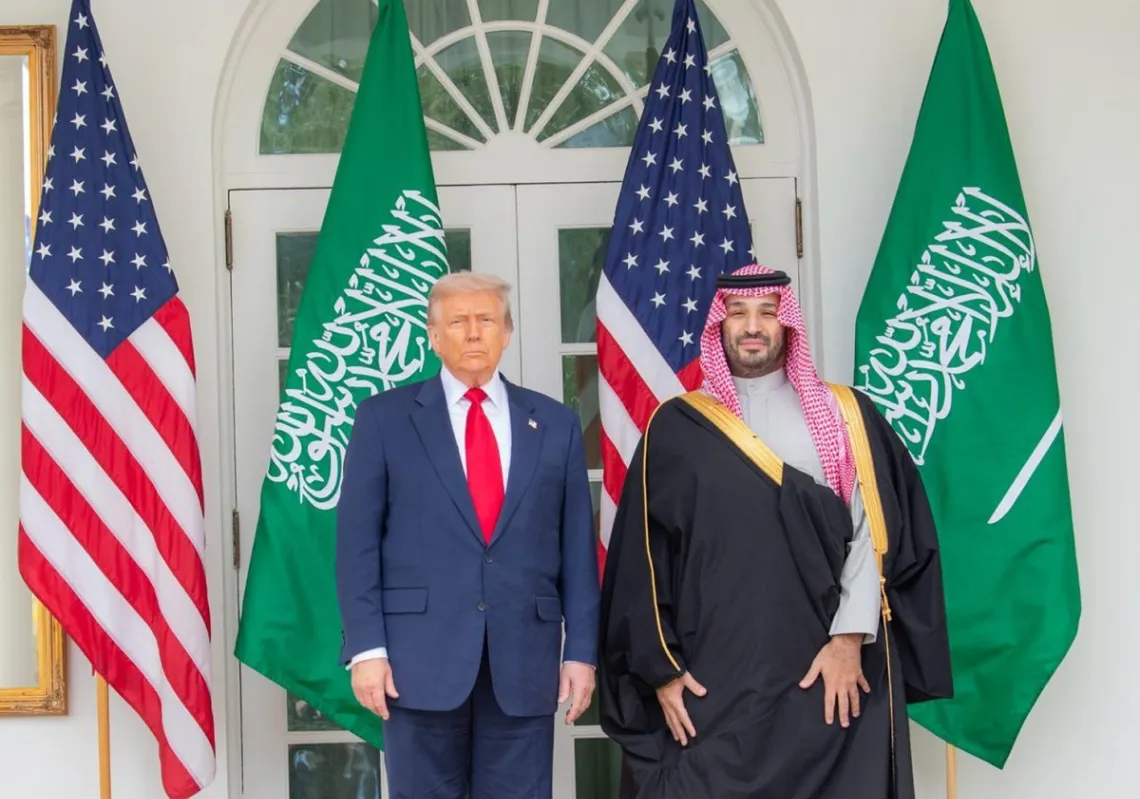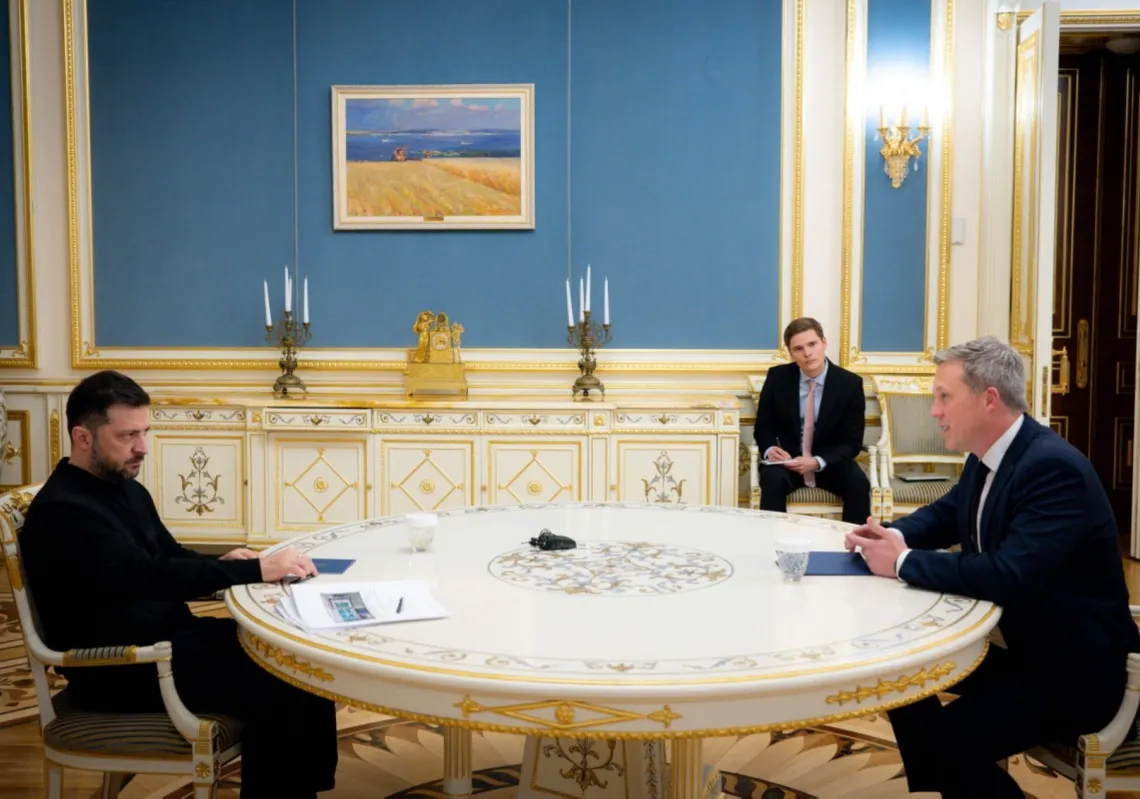On 13 May 2025, President Donald Trump stunned the world in Riyadh when he announced that the US would lift all sanctions on Syria—a nation reeling from war and isolation under Bashar al-Assad’s brutal regime that finally collapsed last December.
Trump’s announcement sparked celebrations from Syrians, 90% of whom live below the poverty line, who can now dare to dream of a brighter future. But Trump’s declaration was as vague as it was consequential, lacking the specifics needed to navigate Syria’s complex web of sanctions.
It was further reported that State and Treasury officials responsible for sanctions policy were caught off guard, scrambling to interpret what lifting sanctions meant amid decades of overlapping executive orders and statutes. With terrorism sanctions intact and Syria's interim president, Ahmed al-Sharaa—a former al-Qaeda commander on US and UN terror blacklists—leading the transitional government, the path forward is unclear.
The administration must immediately clarify what lifting sanctions entails. Does it cover comprehensive trade and economic restrictions, terrorism, or a combination of the two? A clear strategy is needed to unwind what is ultimately defined as the universe of sanctions with tools like public engagement, waivers, sanctions suspensions, and general licenses, and complemented by financial inclusion measures that mitigate terror finance risks.
Simultaneously, the administration and Congress must clearly articulate the requirements for future sanctions relief, holding Syrian authorities accountable to permanently and verifiably shed their terrorist ties and activities, and be ready to snap back sanctions if they fail to comply.

Read more: Syria's long road to economic recovery can finally begin
Sophisticated assault
The US sanctions regime, led by the Treasury, Commerce, and State Departments, was a sophisticated assault on the former Assad regime’s financial and patronage networks. Since 1979, Syria’s designation as a State Sponsor of Terrorism has been the cornerstone, banning arms exports, controlling dual-use goods, restricting most foreign aid except humanitarian assistance, and severely limiting US financial system access.
The Syria Accountability and Lebanese Sovereignty Restoration Act of 2003 demanded Syria end support for terrorist groups, withdraw from Lebanon, and halt WMD programmes, imposing sweeping export bans (except food and medicine), financial restrictions, and diplomatic constraints. A series of Executive Orders, starting with EO 13338 (2004) and expanded by EO 13399 (2006), EO 13460 (2008), EO 13572 (2011), and EO 13573 (2011), initially targeted corruption, human rights abuses, and destabilisation in Lebanon and Iraq, escalating with the Syrian civil war.
This framework led to EO 13582 (2011), freezing all Syrian government assets in US jurisdiction and barring any US transactions. The Caesar Syria Civilian Protection Act (2019), embedded in the 2020 National Defence Authorisation Act, introduced mandatory secondary sanctions on foreign firms engaging with al-Assad’s regime, crippling the energy and construction sectors.
Adding to this mix was EO 13894 (2019), which strengthened US sanctions by targeting those obstructing a political solution, with significant designations including the Assad family and some of their most significant cronies, amended in January 2025 to exclude Türkiye. Beyond Syria-specific measures, thematic sanctions regimes also struck: Syria’s national air carrier, Syrian Arab Airlines, was sanctioned under EO 13224 for terrorism facilitation, and the Scientific Studies and Research Centre was designated under EO 13382 for proliferation.

















